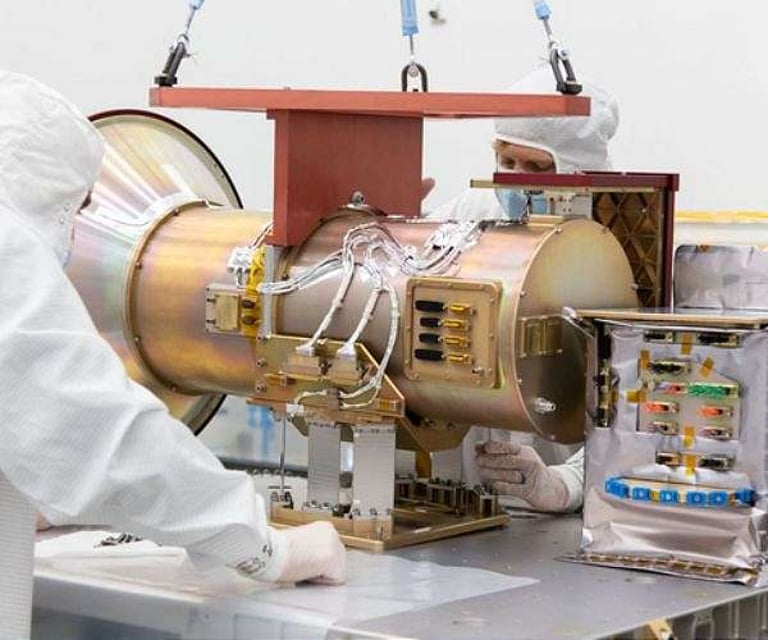Revolutionary Meniscus Manipulation Could Transform Fluid Control in Space and Microfluidics
August 26, 2025
Researchers led by Likun Zhang and Zhengwu Wang have demonstrated that manipulating the shape of the meniscus—the curved surface of a liquid—can control how waves transmit through barriers in microgravity environments.
Their experiments simulated low gravity by generating small surface waves and using acoustic measurements, with control over the meniscus achieved through barrier height and surface coatings that modify wettability.
A tiny change in the meniscus curvature, as small as 1.5 millimeters, can drastically reduce wave energy transmission from around 60% to just a few percent, highlighting the powerful impact of minute adjustments.
Results indicate that slight variations in meniscus shape significantly influence wave energy transfer, demonstrating the potential for precise control over fluid behavior in space.
Controlling fluid behavior through meniscus manipulation can make space systems more efficient and lightweight, especially in fuel tanks, water recycling units, and life support systems where gravity cannot assist in liquid separation.
Beyond space, these findings have promising applications on Earth, including in microfluidic devices used in manufacturing and biomedical fields such as printers, DNA chips, and lab-on-a-chip technologies.
This research marks a novel exploration into fluid wave dynamics in low gravity, opening new possibilities for physics and fluid control in space and terrestrial environments.
The insights gained from this study provide new avenues for managing liquids where gravity is unreliable, advancing the understanding of fluid behavior in challenging environments.
This study from the University of Mississippi explores how controlling liquid waves in zero- and low-gravity environments is vital for space applications like fuel management, water recycling, and life support systems.
Summary based on 2 sources

